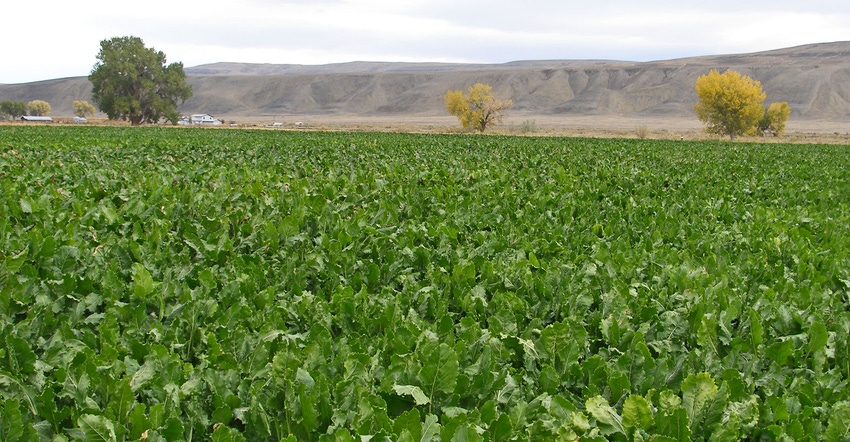December 30, 2016

Demand for quality farmland and commercial properties in northwest Wyoming has risen since Donald Trump was elected president, says John Mills, an associate broker at Canyon Real Estate in Cody, Wyo.
“Interest in both commercial properties, including convenience stores, and agricultural properties, especially quality farm ground, has picked up since the election,” Mills reported in mid-December. “People are calling about properties on the market, and before the election that wasn’t really happening.”
Mills speculated that a number of factors are playing into this recent uptick. For one, Wyoming’s economy, which depends heavily on oil, natural gas and coal, tanked in recent years because of plummeting energy prices and tighter environmental regulations.
The trickle-down effect is far-reaching. In agriculture, for example, less drilling for oil and gas means dramatically less revenue for landowners losing out on surface damage payments and mineral royalties. This has especially held true in eastern Wyoming, where the oil and gas boom quickly busted during the recent economic downturn.
But the impact has been felt across Wyoming, as mineral severance taxes and federal mineral royalties collapsed. Also dropping were state sales and use taxes. Combined, this has not only strained state, county, municipal, and school budgets, but has also weighed heavily on the psyche of state residents, including agricultural leaders, ranchers and farmers.
Pro-business
“Many people believe that with Mr. Trump being elected president, that’s good for the business, agriculture and energy sectors,” Mills says. “Many people view Mr. Trump as very pro-business, and I think that’s one of the reasons we’re seeing higher demand for commercial properties and quality farm ground.”
Mills says much of the interest in farmland in the Bighorn Basin, one of Wyoming’s most important agricultural areas, is coming from local farmers.
“There aren’t a bunch of farms on the market right now — but when they do come up, there is a lot of interest in them. The phone starts ringing, especially if they are decent places,” he says. “You get neighbors calling, and when that happens, you know they are interested in continuing to farm and get a little bigger.”
Mills adds, “They are looking for land that will grow more than just one crop. These farmers are wanting more ground to diversify their operations, whether it’s hay, sugarbeets, corn, dry beans, barley or whatever.”
Demand for working cattle ranches and recreational properties hasn’t been as strong as farms, he says, but that could change quickly if the economy starts picking up.
“People were waiting to see what in the heck was going to happen with this election, and how it affects ranches and farms, businesses and the energy sector,” Mills says.
In the coming months, the ag industry in Wyoming and across the West will begin to find out.
About the Author(s)
You May Also Like




